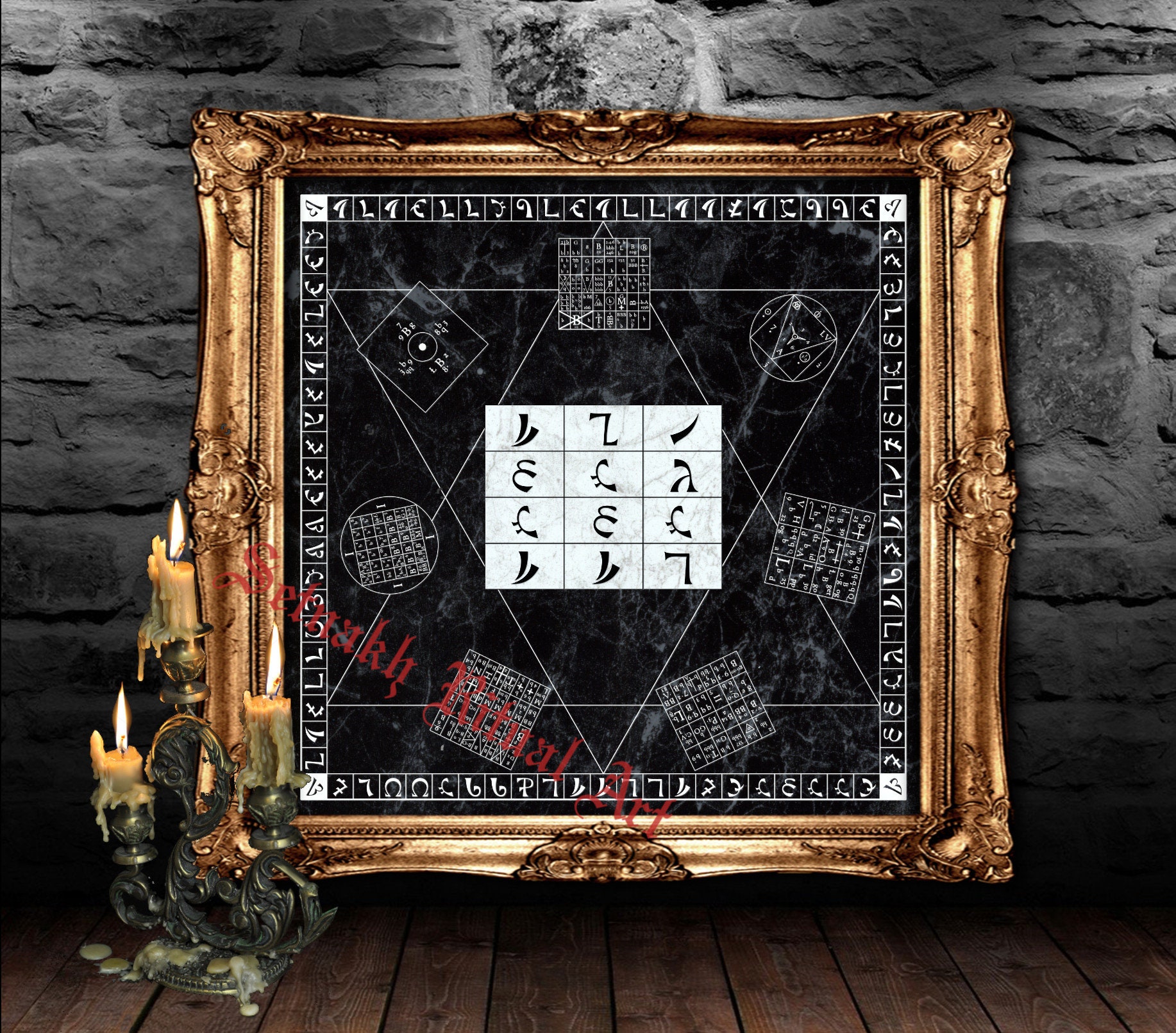
:strip_icc()/pic1377392.jpg)
The elephant piece survives in xiangqi with the limitations that the elephant in xiangqi cannot jump over an intervening piece and is restricted to the owner's half of the board. An early example of the bishop being used is the Lewis chessmen chess set of the 12th century. In Christian Europe, this piece became a bishop because the two points looked like a bishop's mitre to those unfamiliar with elephants in Western Europe. Usually, it was carved as a rounded shape with two blunt points representing the elephant's tusks.
/pic1379947.jpg)
As chess spread from Iran northward to Russia, and westward into eastern Europe, south to Italy, and finally westward, it mostly retained the original name and look of the piece as an elephant. Even today, the word for the bishop piece is alfil in Spanish, alfiere in Italian, "fil" in Turkish, "fīl" in Persian and Arabic, and слон ("elephant") in Russian. The pīl was replaced by the bishop in modern chess. This piece might have had a different move sometimes in chaturanga, where the piece is also called "elephant". Each pīl could reach only one-eighth of the squares on the board, and because their circuits were disjoint, they could never capture one another. Pīl, alfil, aufin, and similar (" elephant" from Persian پيل pīl al- is the Arabic for "the") moves exactly two squares diagonally, jumping over the square between.Rukh (" chariot" from Persian رخ rokh) moves like the rook in chess.It has analogue to the guards in xiangqi. Even today, the word for the queen piece is ферзь (ferz`) in Russian, vezér in Hungarian, vezir in Turkish, vazīr in Persian and wazīr in Arabic. Ferz (" counselor" also spelled fers Arabic firz, from Persian فرزين farzīn) moves exactly one square diagonally, which makes it a rather weak piece.Shāh ("king" in Persian) moves like the king in chess.Sarbaz / piyadeh, or "baydaq" in Arabic (soldier, infantryman or pawn) Pīl, or "alfil" in Arabic (elephant or alfil)

In either case, the white and black shāh would be on the same file (but not always in modern India). Either the arrangement as in modern chess or as shown in the diagram were possible. The initial setup in shatranj was essentially the same as in modern chess however, the position of the white shah (king), on the right or left side was not fixed. Over the following centuries, chess became popular in Europe, eventually giving rise to modern chess. 12th century), some forms came back to India as well, as evidenced in the North Indian term māt (mate, derivative from Persian māt) or the Bengali borey (pawn, presumed derived from the Arabic baidaq). With the spread of Islam, chess diffused into the Maghreb and then to Andalusian Spain. As a result, the king could not be captured, and checkmate was the only decisive way of ending a game. Later the Persians added the additional rule that a king could not be moved into check or left in check. This was done to avoid the early and accidental end of a game. 700–800) introduced the idea of warning that the king was under attack (announcing check in modern terminology).

500–700), the king could be captured and this ended the game. The game spread Westwards after the Islamic conquest of Persia and a considerable body of literature on game tactics and strategy was produced from the 8th century onwards. In some later variants the darker squares were engraved. There is also a larger 10×11 board derivative the 14th-century Tamerlane chess, or shatranj kamil (perfect chess), with a slightly different piece structure. Shatranj adapted much of the same rules as chaturanga, and also the basic 16-piece structure. The rules of chaturanga seen in India today have enormous variation, but all involve four branches ( angas) of the army: the horse (knight), the elephant (bishop), the chariot (rook) and the foot soldier (pawn), played on an 8×8 board. 620 AD), is also mentioned in Ferdowsi's Shahnama (c. This incident, originally referred to in the Mâdayân î chatrang (c. The game came with a challenge which was successfully resolved by Khosrau's courtiers. Iranian shatranj set, glazed fritware, 12th century ( New York Metropolitan Museum of Art)ĭuring the reign of the later Sassanid king Khosrau I (531–579), a gift from an Indian king (possibly a Maukhari Dynasty king of Kannauj) included a chess game with sixteen pieces of emerald and sixteen of ruby (green vs.


 0 kommentar(er)
0 kommentar(er)
